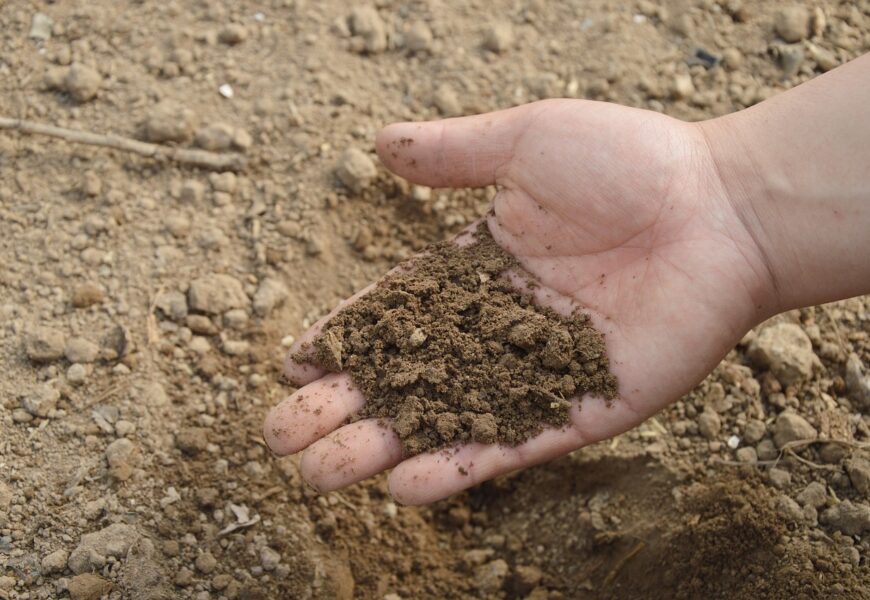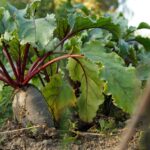Creating an organic garden is not only about growing healthy, chemical-free produce but also about fostering a sustainable and eco-friendly environment. Whether you’re a novice or seasoned gardener, here’s a comprehensive guide to help you start and sustain your organic garden.
Getting Started with Organic Gardening
1. Choose the Right Location
Select a spot that receives at least 6-8 hours of sunlight daily and has good drainage. Consider proximity to a water source for easy irrigation.
2. Prepare the Soil
Organic gardening begins with healthy soil. Enhance soil fertility by adding compost, aged manure, or organic matter. This improves soil structure, promotes nutrient availability, and supports beneficial microorganisms.
3. Selecting Seeds and Plants
Opt for organic seeds and seedlings from reputable sources to ensure they haven’t been treated with synthetic chemicals. Choose plant varieties suited to your climate and garden size.
Sustaining Your Organic Garden
1. Companion Planting
Utilize companion planting techniques to naturally deter pests, enhance pollination, and improve soil health. For example, planting marigolds alongside tomatoes can repel pests.
2. Natural Pest Control
Implement natural pest control methods such as introducing beneficial insects like ladybugs and lacewings, using neem oil sprays, or creating physical barriers like row covers.
3. Mulching
Mulch with organic materials such as straw, shredded leaves, or grass clippings to suppress weeds, conserve moisture, and regulate soil temperature. Mulching also adds organic matter as it breaks down.
Maintaining Your Organic Garden
1. Watering Wisely
Water deeply and infrequently to encourage deep root growth. Use drip irrigation or soaker hoses to minimize water loss through evaporation.
2. Weeding
Regularly remove weeds by hand to prevent competition for nutrients and water. Consider mulching to suppress weed growth naturally.
3. Crop Rotation
Practice crop rotation annually to minimize soil-borne diseases and pests, improve soil fertility, and optimize space utilization.
Harvesting and Enjoying Your Organic Yield
1. Harvesting
Harvest vegetables and fruits at their peak ripeness to enjoy the best flavor and nutritional value. Use sharp, clean tools to minimize damage to plants.
2. Preservation
Extend your harvest by preserving excess produce through methods such as freezing, canning, or drying. This allows you to enjoy organic produce throughout the year.
3. Continuous Learning
Stay informed about organic gardening practices and techniques through books, online resources, and local gardening clubs. Experiment with new methods to improve your garden’s sustainability.
Conclusion
Starting and sustaining an organic garden is a rewarding journey that connects you with nature while promoting environmental stewardship. By following these guidelines and nurturing your garden with care, you can create a thriving organic oasis that provides fresh, healthy produce for you and your family. Embrace the principles of organic gardening, and let your garden flourish naturally!





